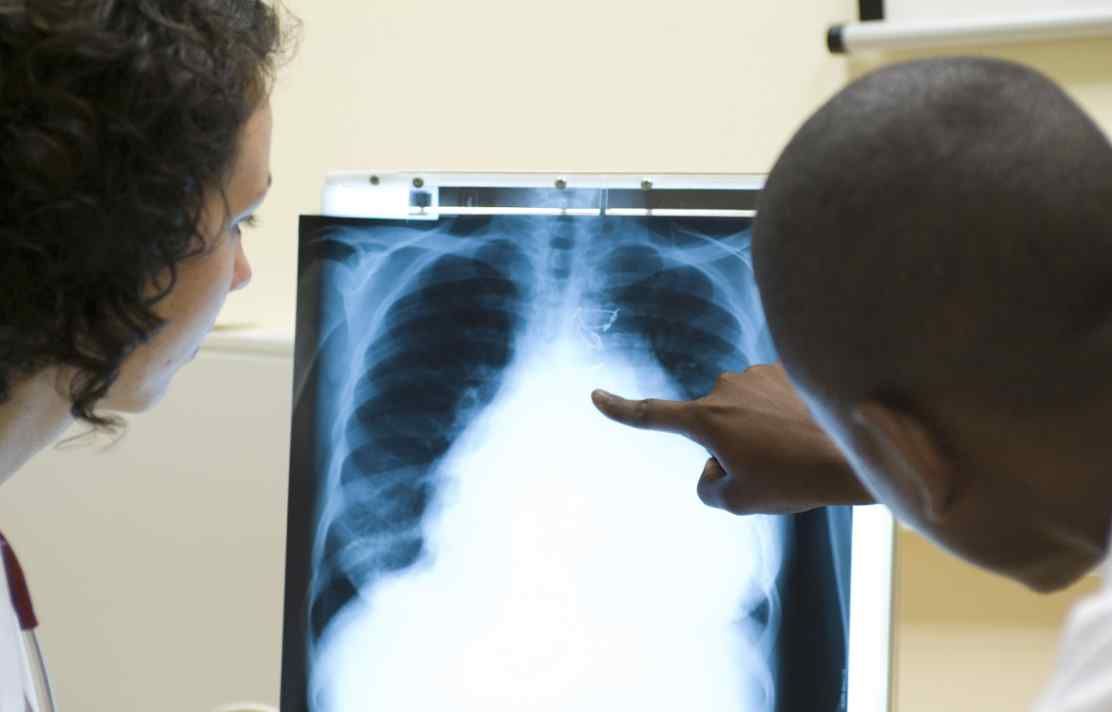BibTex format
@article{Whitworth,
author = {Whitworth, HS and Badhan, A and Boakye, AA and Takwoingi, Y and Rees-Roberts, M and Partlett, C and Lambie, H and Innes, J and Cooke, G and Lipman, M and Conlon, C and Macallan, D and Chua, F and Post, F and Wiselka, M and Woltmann, G and Deeks, JJ and Kon, OM and Lalvani, A and Diagnostic, Evaluation of Active TB IDEA Study Group},
journal = {Lancet Infectious Diseases},
title = {An observational cohort study to evaluate the clinical utilty of current and second-generation interferon-gamma release-assays in diagnostic evaluation of tuberculosis},
url = {http://hdl.handle.net/10044/1/65230},
}
RIS format (EndNote, RefMan)
TY - JOUR
AB - BackgroundThe role of interferon-gamma release assays (IGRAs) in diagnosis of active tuberculosis (TB) is unclear, yet they are commonly used in low-TB-incidence countries. This study sought to resolve this clinical uncertainty by determining the diagnostic accuracy and role of current and second-generation IGRAs in the diagnostic assessment of suspected TB in a low-incidence setting. MethodsThis was a prospective cohort study of 1,060 adults with suspected TB, conducted in routine secondary care in England. Patients were tested for M. tuberculosis (Mtb) infection at baseline using current and second-generation IGRAs, the latter incorporating novel Mtb antigens, and followed up for 6-12m to establish definitive diagnoses. Sensitivity, specificity and positive and negative likelihood ratios (LRs) and predictive values (PVs) of the tests for TB were determined.FindingsTB was diagnosed in 363 (43%) of 845 patients included in analyses. Sensitivity of T-SPOT.TB was 81.4% (95%CI 76.6-85.3%), higher than Quantiferon-Gold In-Tube at 67.3% (95%CI 62.0-72.1%). Second-generation IGRA had higher sensitivity than current tests, at 94.0% (95%CI 90.0–96.4%) for culture-confirmed TB and 89.2% (95%CI 85.2–92.2%) when including highly-probable TB, giving a negative LR for all TB of 0.13 (95%CI 0.10-0.19). Specificity ranged from 86.2% (95%CI 82.3-89.4%) for T-SPOT.TB to 80.0% (95%CI 75.6-83.8%) for second-generation IGRA.InterpretationCurrently-available IGRAs lack sufficient accuracy for diagnostic evaluation of suspected TB. Second-generation tests, however, may have sufficiently high sensitivity, low negative LR and correspondingly high negative PV in low-incidence settings to facilitate prompt rule-out of TB.
AU - Whitworth,HS
AU - Badhan,A
AU - Boakye,AA
AU - Takwoingi,Y
AU - Rees-Roberts,M
AU - Partlett,C
AU - Lambie,H
AU - Innes,J
AU - Cooke,G
AU - Lipman,M
AU - Conlon,C
AU - Macallan,D
AU - Chua,F
AU - Post,F
AU - Wiselka,M
AU - Woltmann,G
AU - Deeks,JJ
AU - Kon,OM
AU - Lalvani,A
AU - Diagnostic,Evaluation of Active TB IDEA Study Group
SN - 1473-3099
TI - An observational cohort study to evaluate the clinical utilty of current and second-generation interferon-gamma release-assays in diagnostic evaluation of tuberculosis
T2 - Lancet Infectious Diseases
UR - http://hdl.handle.net/10044/1/65230
ER -
